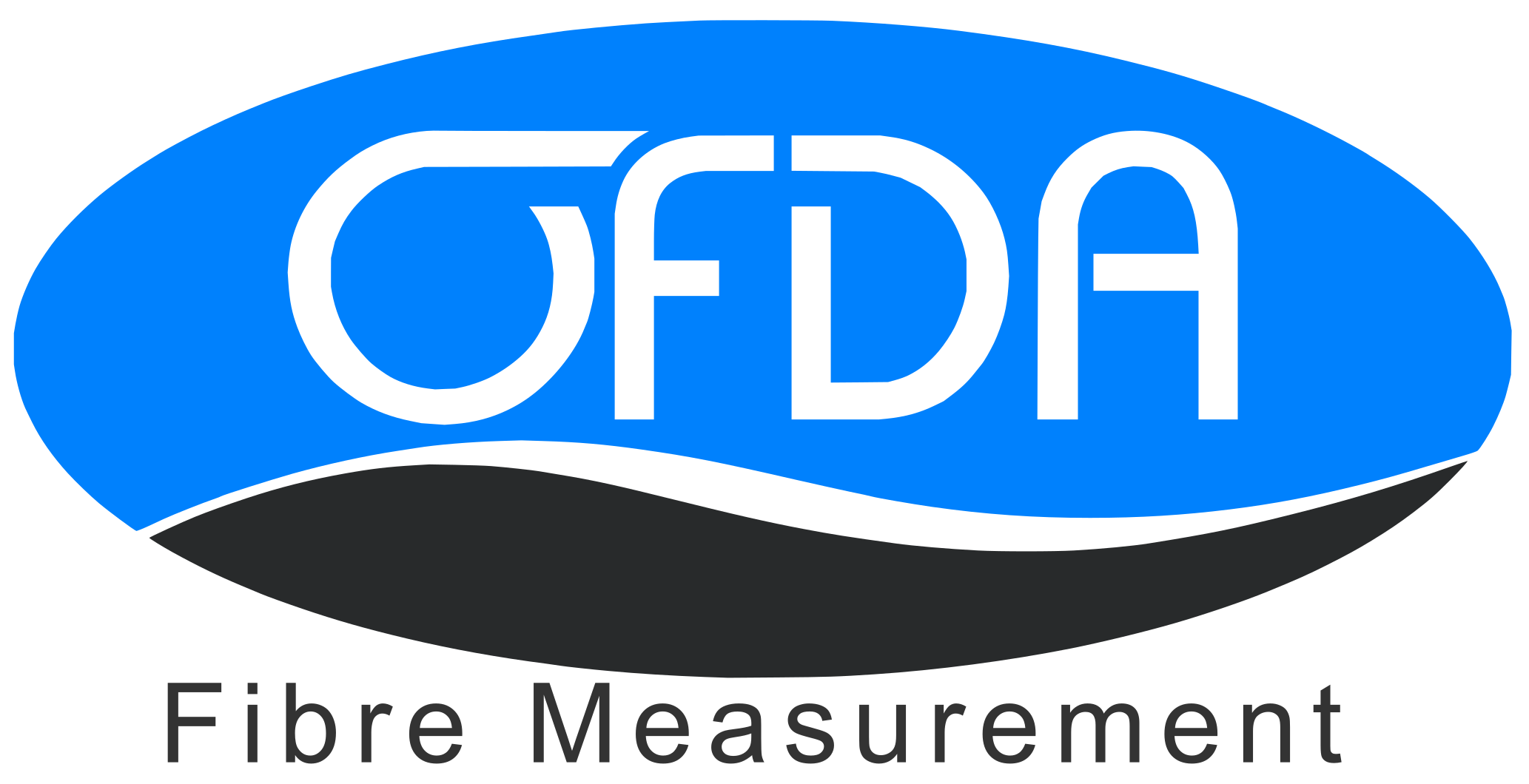Mohair Mastery: How OFDA Technology Elevates Diamond Fibre
- Thomas Hegerty
- Apr 30
- 2 min read
Updated: Sep 24
Mohair—shorn from the Angora goat—is prized for its lustre, resilience and year‑round comfort. While wool is crimped and cotton is matte, mohair fibres are smooth, glossy and strong, earning the nickname “diamond fibre.” Yet, like any luxury textile, mohair commands top prices only when its fibre diameter, length and quality are precisely measured. That’s where Optical‑based Fibre Diameter Analyser (OFDA) technology shines.
The Origin Story of Mohair
Angora Goat Heritage – Originating in Turkey, Angora goats were introduced to South Africa and Australia, where dry climates encourage superior fibre growth.
Shearing – Goats are shorn twice a year, yielding 2–5 kg of fleece per animal.
Sorting & Classing – Fibres are graded by length, lustre and especially micron fineness.
Scouring, Combing & Spinning – Cleaned slivers are turned into lustrous yarns for apparel, upholstery and high‑performance technical fabrics.
Why Fibre Diameter Matters for Mohair
Mohair Grade | Micro Range | Typical End-uses |
Kid Mohair | 23 µm or finer | Luxury knitwear, scarves |
Young Goat | 24–29 µm | High‑end fashion, suiting |
Adult | 30 µm + | Rugs, upholstery, blankets |
Softness, drape and price all hinge on micron precision. Even a 2‑micron variance can shift mohair from “kid” to “young goat,” dramatically affecting market value.
How OFDA Technology Elevates Mohair Quality
1. Instant Micron Accuracy
The OFDA2000 analyses thousands of mohair fibres in greasy form, delivering an average diameter and standard deviation within seconds—no lengthy lab delays.
2. Fibre Profile & Uniformity
OFDA maps diameter along the length of each staple, exposing coarser tips or breaks that could undermine yarn quality.
3. Length & Strength Assessment
With the OFDA4000, producers obtain precise length distribution and curvature data, essential for spinning strong, lustrous mohair yarns.
4. Portable Shed‑side Testing
Because OFDA instruments are rugged and portable, classers can grade mohair at the shearing shed, optimising bale preparation and boosting auction returns.
The Sustainable Edge of Mohair
Low Carbon Hoof‑print – Angora goats thrive on sparse grazing, converting scrub into fine fibre.
Longevity – Mohair’s tensile strength means garments last decades, reducing fashion waste.
Biodegradability – At end‑of‑life, mohair decomposes naturally, unlike synthetics.
By pairing mohair’s natural virtues with OFDA precision, producers can prove sustainability claims with hard data—meeting rising consumer demand for traceable luxury.
FAQs About Mohair & OFDA
Q: Can OFDA analyse dyed mohair yarn? A: Yes. OFDA4000 can test dyed or finished samples without affecting colour.
Q: How much sample is required? A: A small 2–3 gram tuft or a 20 mm fabric square.
Q: Does OFDA replace lab testing? A: It complements labs by delivering rapid, on‑site data, reducing off‑spec production batches.
Ready to Turn Mohair into Micron‑Perfect Luxury?
Mohair’s natural lustre and resilience have earned it a place among the world’s premier luxury fibres. Yet its real value is unlocked only when micron‑level data guides every production decision. Robotic Vision’s OFDA technology gives growers, brokers and mills the precision they need to transform raw fleece into “diamond” textiles cherished for a lifetime.
Experience the OFDA advantage with Robotic Vision. Get in touch with us today and discover how our fibre‑measurement technology elevates mohair quality.





Comments